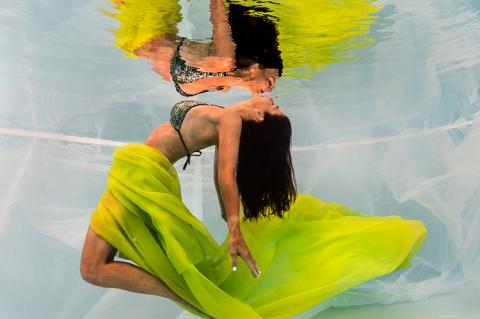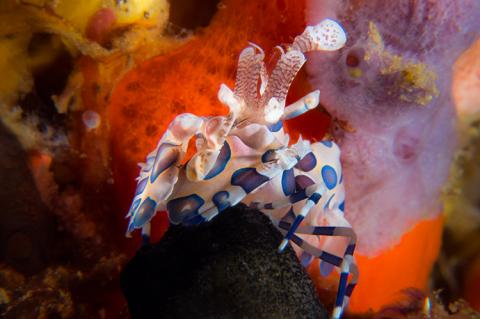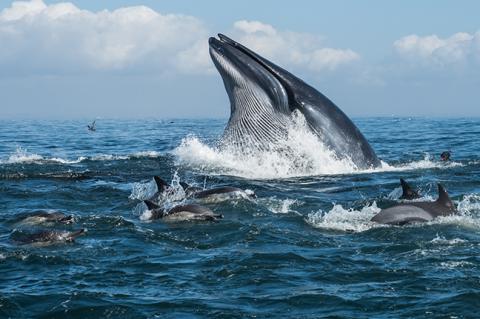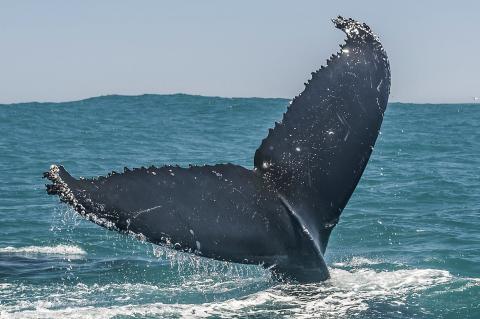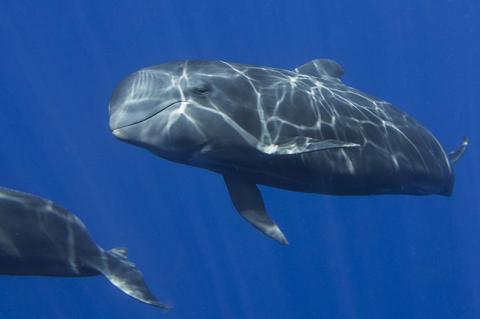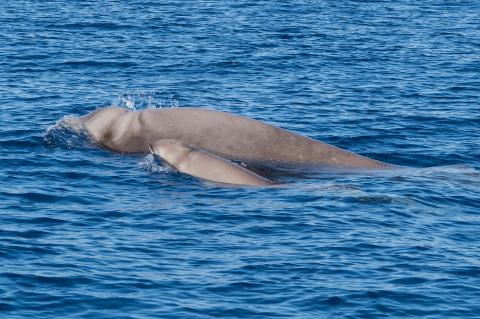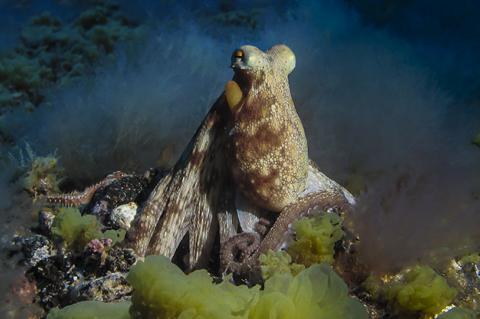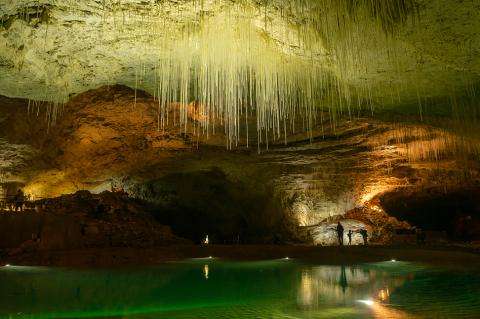Underwater Model Shoots: Conducting Sessions for Beginners
After the coronavirus lockdown was imposed in my country in March 2020 and all my dive trips were cancelled, I only had one event left on my calendar—an underwater model shoot.
I had offered this kind of event before, and a lot of young aspiring models were really interested, but the expenses for them were much too high, some of them being students or not earning much money.

